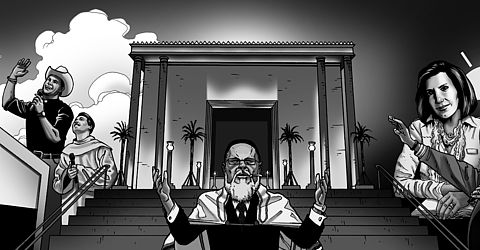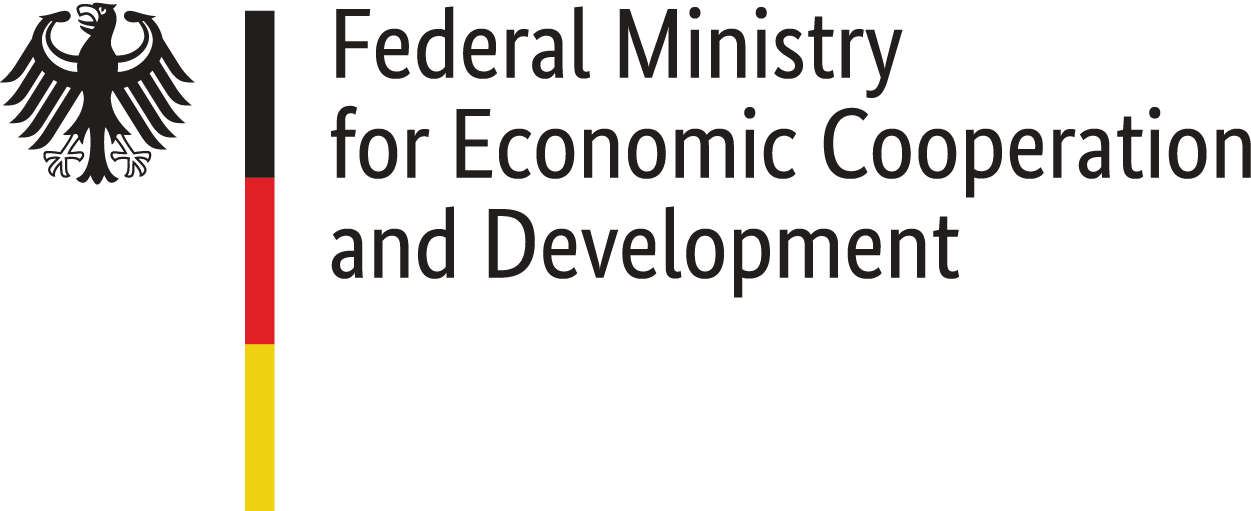Who controls the media in Brazil?
An independent and plural media is a crucial condition for a democratic political system. After all, if the content circulating through media influences the formation of public opinion, what to expect when there is no diversity of information and perspectives?
Starting off from this premise, MOM-Brasil aims to map the most popular media outlets – thus, the most influential over public opinion – and the groups that control them. We also aim to deliver risk indicators for pluralism and media independence. Among them are: audience concentration, ownership concentration and the eventual existence of external control. Another indicator is transparency: the risk to pluralism becomes even higher when it is not clear for the audiences – and even for journalists or regulators – who has control over each media outlet, what other businesses they are invested in and what interests might be guiding the production of news.
In Brazil, the results trigger a red alert. Our system indicates high concentration of audience and ownership, high geographic concentration, lack of transparency, besides religious, political and economical interference. We analyzed 50 outlets in four segments (TV, radio, printed media and online), owned by a total of 26 communication groups. The results are available in the form of a database and indicators, besides the highlighted findings presented in narrative texts.









